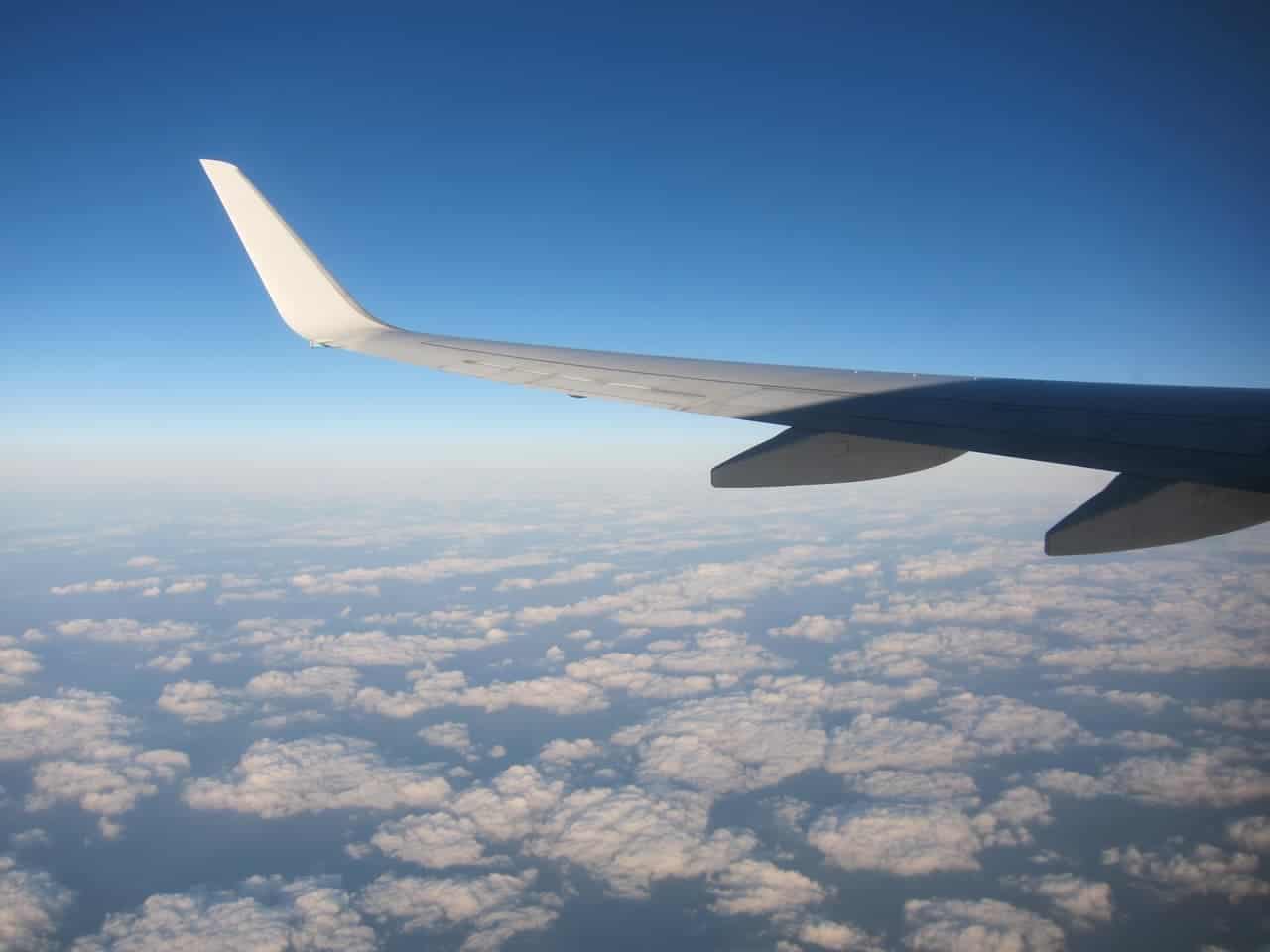How High Can Airplanes Fly? Ultimate Altitude Limits Explained

Ever wondered just how high airplanes can fly? From commercial jets to private aircraft, the altitude capabilities of planes are a fascinating blend of engineering, physics, and practicality. Whether you’re a curious traveler or an aviation enthusiast, understanding the ultimate altitude limits of airplanes sheds light on the marvels of modern flight. Let’s dive into the factors that determine how high planes can soar and explore the limits of the skies.
What Determines an Airplane’s Maximum Altitude?

An airplane’s ability to reach higher altitudes depends on several key factors:
1. Aircraft Design and Engine Power
The design of an aircraft, including its wings, engines, and materials, plays a critical role. Commercial airliners like the Boeing 787 or Airbus A350 are optimized for efficiency at cruising altitudes, typically around 35,000 to 40,000 feet. In contrast, business jets or military aircraft may reach higher altitudes due to specialized designs and powerful engines.
2. Atmospheric Conditions
Air density decreases with altitude, affecting engine performance and lift. Planes must balance these factors to maintain stability. Above 50,000 feet, the air becomes too thin for most jet engines to operate efficiently.
3. Fuel Efficiency and Range
Flying higher reduces drag, improving fuel efficiency. However, extreme altitudes require more fuel to reach and sustain, limiting practicality for long-haul flights.
📌 Note: The service ceiling is the maximum altitude an aircraft can sustain under standard conditions, while the absolute ceiling is the highest point it can reach before losing lift entirely.
Commercial vs. Military: Altitude Differences

Commercial Airliners
Most commercial flights operate between 30,000 and 40,000 feet. This range offers the best balance of fuel efficiency and safety, avoiding severe weather conditions like turbulence and storms.
Military and Experimental Aircraft
Military planes, such as the Lockheed SR-71 Blackbird, can exceed 80,000 feet due to advanced engines and materials. Experimental aircraft, like the U-2 spy plane, operate at 70,000 feet for surveillance purposes.
The Role of Cabin Pressurization

Flying at high altitudes requires cabin pressurization to ensure passenger comfort and safety. Without it, the thin air would make breathing difficult and pose health risks. Most commercial planes maintain cabin pressure equivalent to 6,000–8,000 feet above sea level.
Extreme Altitudes: The Stratosphere and Beyond

While commercial planes stick to the stratosphere, some aircraft venture into the mesosphere, reaching altitudes above 50,000 feet. However, these flights are rare and typically reserved for research or military missions.
| Aircraft Type | Typical Altitude | Purpose |
|---|---|---|
| Commercial Airliners | 30,000–40,000 ft | Passenger Transport |
| Business Jets | 40,000–50,000 ft | Private Travel |
| Military Aircraft | 50,000+ ft | Surveillance, Combat |

Final Thoughts

The altitude limits of airplanes are a testament to human ingenuity and technological advancement. From commercial flights optimizing fuel efficiency to military planes pushing the boundaries of the stratosphere, each aircraft serves a unique purpose. Understanding these limits not only satisfies curiosity but also highlights the complexity of aviation.
Whether you’re planning your next flight or simply marveling at the skies, knowing how high airplanes can fly adds a new layer of appreciation for the world of aviation.
What is the highest altitude a commercial plane can fly?
+Most commercial planes fly between 30,000 and 40,000 feet, with some capable of reaching up to 45,000 feet.
Why don’t planes fly higher than 40,000 feet?
+Higher altitudes reduce engine efficiency and increase fuel consumption, making it impractical for commercial flights.
Can private jets fly higher than commercial planes?
+Yes, some private jets can reach altitudes of 40,000–50,000 feet due to specialized designs and engines.
Related Keywords: airplane altitude limits, commercial flight altitude, highest flying aircraft, cabin pressurization, aviation technology.


